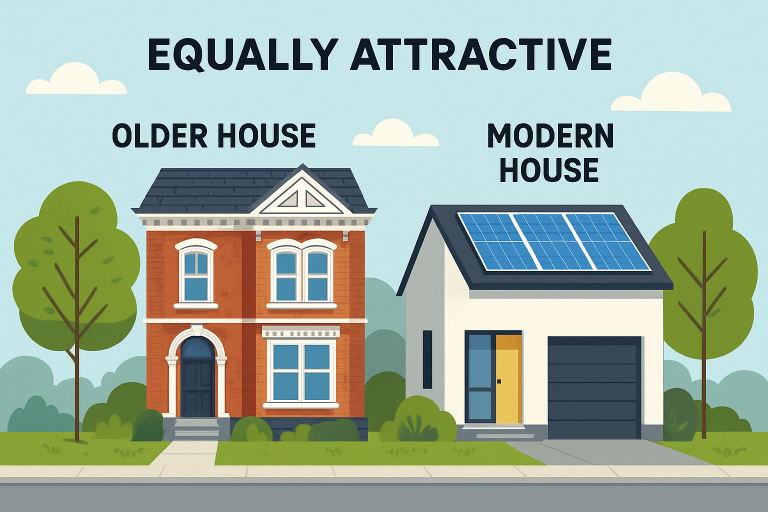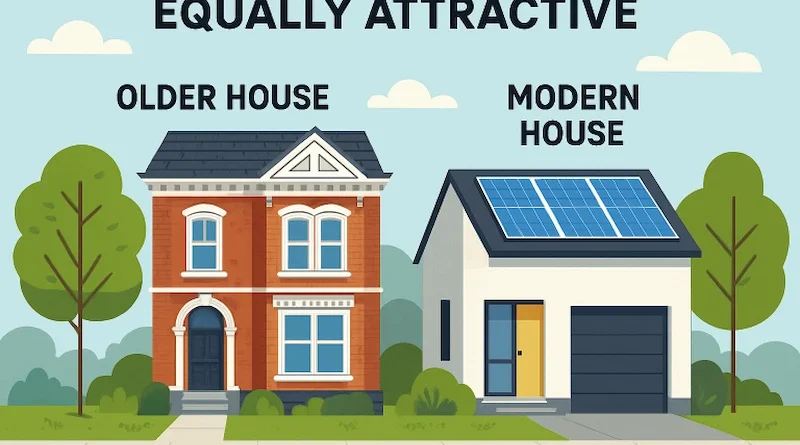How Home Age Influences Market Value: What to Know Before Buying or Selling
Does Age Affect a Home’s Value?
When considering a move, buyers and sellers alike often wonder: Does the age of a property shape its market worth? While elements like neighborhood and square footage are well-known drivers of price, a home’s age reveals much about quality, maintenance needs, and overall investment prospects. Market research consistently shows that, on average, newer homes sell at higher prices. Yet, the property’s location, neighborhood character, and buyer demand frequently influence how age translates to value.
For instance, those searching for Croton-on-Hudson NY homes for sale will quickly notice a diverse landscape of architectural styles and ages, each with unique appeal. In some cases, a well-preserved historic home in a sought-after area may rival or even exceed the value of newer construction—proof that age is only part of the equation when determining market value.
The Nuances of Home Age and Neighborhood Appeal
Home age and neighborhood appeal influence property value, especially in areas with rich architecture or diverse homes. Historic neighborhoods attract buyers seeking properties from specific eras, while developing areas appeal to those wanting modern amenities. Local culture, buyer preferences, and market conditions create unique appeal in each zip code. Real estate professionals can offer local data and advice to clarify these nuances and better assess actual value.

Advantages of Newer Construction
- Modern amenities: Newer homes typically offer the latest open-concept layouts, energy-efficient appliances, and smart home features, making them attractive to today’s tech-savvy buyers.
- Energy efficiency: Contemporary building codes and advances in insulation, windows, and HVAC systems can substantially lower ongoing utility bills, saving homeowners money in the long run.
- Reduced maintenance: Newer materials and systems—such as roofing, plumbing, and electrical—are less likely to require expensive repairs or replacements in the early years of ownership.
Older Homes: Potential and Pitfalls
Older homes charm buyers with character, unique architecture, and quality materials. Details like intricate woodwork, built-ins, and period design enhance desirability. However, buyers should watch for drawbacks such as outdated electrical systems, aging roofs, inefficient windows, or materials like lead paint or asbestos. Historic properties may have renovation restrictions affecting costs and scope. Thorough inspections and understanding renovation needs are crucial to avoid costly surprises.
The Value of Renovations and Updates
Time doesn’t tell a home’s full value; its “effective age” does. Upgrades like kitchens, bathrooms, roofs, and systems refresh and enhance market value. Remodeling boosts resale prices and buyer confidence, especially in competitive markets. Beyond appearance, insulation, wiring, and plumbing updates improve efficiency and comfort, making older homes comparable to new builds. Records of renovations, warranties, and compliance reassure buyers and support stronger offers.
How Building Codes and Safety Standards Matter
Building rules have evolved over decades, reflecting changing standards for safety, energy efficiency, and accessibility. Homes from different eras showcase the prevailing practices and technologies of their time. Buyers may feel safer or more efficient with newer homes due to stricter codes, while sellers can boost marketability by demonstrating upgrades or compliance. Market entrants must understand local building codes and inspection rules, especially in areas with historic districts or complex permits.
Local Trends and Data-Driven Decisions
Real estate remains highly localized—what sells at a premium in one market might languish in another. Market data can illuminate how home age affects value where you’re buying or selling. Databases help consumers examine price trends and historical comparisons, empowering more informed decisions. Always pair these resources with advice from local agents who are attuned to neighborhood dynamics and can interpret how age, style, and other variables interact.
Conclusion
Home age provides key insights for homeowners and buyers, indicating value, costs, and market fit. Whether a new build or a classic, understanding a property’s age, renovation history, and local demand leads to smarter decisions. Use expert advice, research, and market knowledge to make informed investments for your current and future needs.
Visit the rest of the site for more interesting and useful articles.

